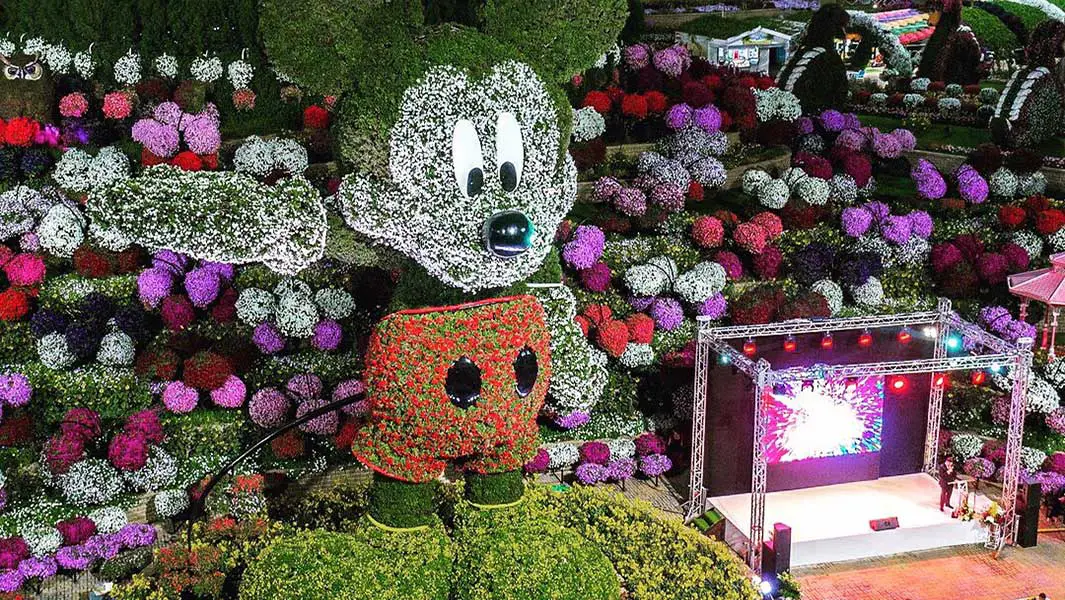


Putting the neigh in neighbourhood, two UK buildings are now recognized as joint record holders for the most horse skulls found in a building.
Thrimby Hall in Westmorland and a house in Bungay, Suffolk – both constructed in the 17th century – had around 40 horse skulls discovered inside them during renovation works in the 1920s and ‘30s.
And they weren’t just piled up in a basement collecting dust, like some sort of morbid medieval indoor horse cemetery; the skulls were actually part of each building’s structure.
The practice of embedding horse skulls inside the walls or floors of buildings was seemingly common in Britain and Ireland until as late as the 18th century.
However, it is not entirely clear why.
It may have been a ritual practice, although there are several theories that point to more practical purposes.

The 36-40 horse skulls found in the Bungay house were “laid with great regularity between the joists, carefully placed so that when the boards rested on them they were immovable,” as reported by the Evening Despatch in 1933.
The house may have contained even more skulls in the past, but several were thrown out when the house was undergoing repair some years earlier.
It was suggested that the skulls – still in “good condition” – were used for drainage purposes, as they had been placed directly onto the bare earth nearly two feet below ground level.
Adding further weight to the theory was a similar discovery that had recently been made at a Herefordshire farm, although it did not involve horse skulls.
When the farm’s meadow was excavated to clear the drainage, it was found that the water was passing through pipes made from the horns of cattle, extending “about 100 yards [300 ft; 91 m].”
The horns were laid end to end, placed in stacks of five or six so that if one pipe became clogged, others could deal with the water flow. Upon being dug up and exposed to air, these makeshift pipes “crumbled.”
Drainage wasn’t considered to be the purpose of the 30-40 horse skulls found in Thrimby Hall, however.
The skulls themselves were thought to have been taken from a nearby battlefield, where an encounter took place between the armies of Charles Edward Stuart and the Duke of Cumberland, during the Jacobite rising of 1745.
As reported by the Yorkshire Evening Post in 1928, the skulls were found beneath the floorboards of Thrimby Hall during renovations, recalling “old superstitions that horses’ skulls improved the acoustics of music rooms.”
The practice was indeed old, although it may have been more than mere superstition.
And even though it had been largely forgotten by the 1900s, it wasn’t completely dead.

Over 20 years before the horse-skull discovery at Thrimby Hall, a 1906 Exmouth Journal article mentioned that in some parts of Ireland, “there is among the peasantry a general belief that the skull of a horse produces an echo.”
Despite calling it an “odd superstition,” the article acknowledged that the practice may be connected to one which was “widely prevalent among educated men of a past generation.”
In the 17th century, it was believed that if horse skulls were built into the walls or floors of a building, the acoustic properties were greatly enhanced.
This was incredibly useful for places intended for public speaking, such as churches, which had a history of building empty glass jars into walls in order to achieve a similar result.
The theory that horse skulls were used to boost acoustics is supported by their discovery in places such as the church bell tower in Elsdon, Northumberland, which contained three horse skulls built into the masonry.
Similarly, when a church in Fife, Scotland – built in 1744 – was demolished in 1870, a number of horse skulls were found beneath the pulpit (the raised enclosed platform from which the preacher delivers a sermon).
Even in 1870 this practice was considered strange and was “a mystery to the finders,” according to a 1942 The Scotsman article, although they noted that a local villager knew of similar cases.
It seems, after all, that acoustics were the primary reason for horse skulls being embedded in 17th-century buildings.
However, we are left with one key question: if the horse skulls were indeed used as a primitive loudspeaker of sorts, why were they covered by wooden floorboards or stone walls which would have dampened their effect?
And we can't yet fully rule out the potential ritual significance of the skulls. They may have been part of the larger folk tradition of concealing objects - such as dried cats or 'witch bottles' - in buildings to ward off evil spirits.
Regardless, here at Guinness World Records, we care less about asking “why?” and more about asking “how many?” Thus, the most important question of all remains: will anyone be able to break this record?
Want more? Follow us across our social media channels to stay up-to-date with all things Guinness World Records! You can find us on Facebook, Twitter, Instagram, TikTok, LinkedIn, and Snapchat Discover– including our in-depth Curious Casebook series.
Don’t forget, we’re also on YouTube!
Still not had enough? Follow the link here to buy our latest book, filled to the brim with stories about our amazing record breakers.